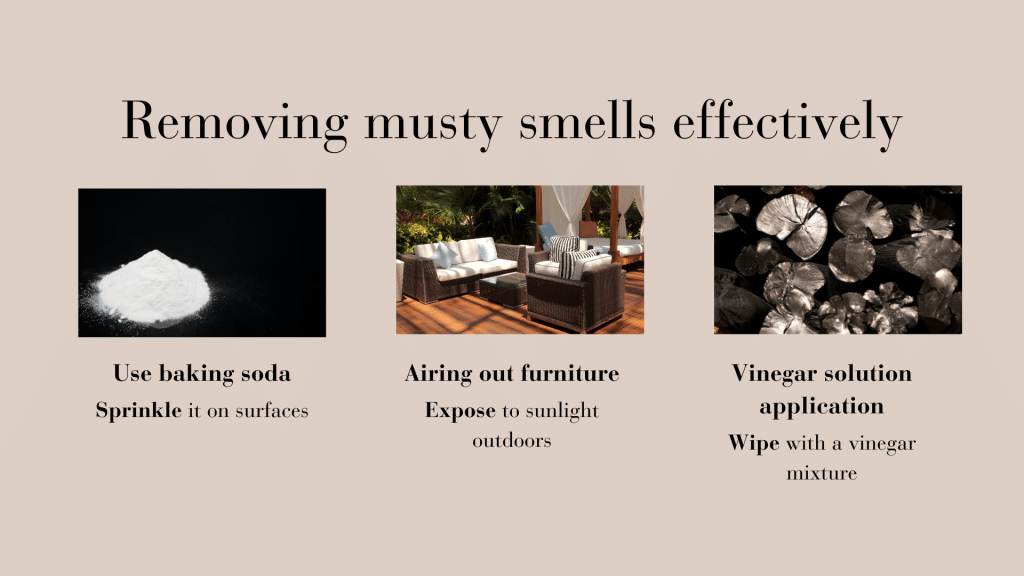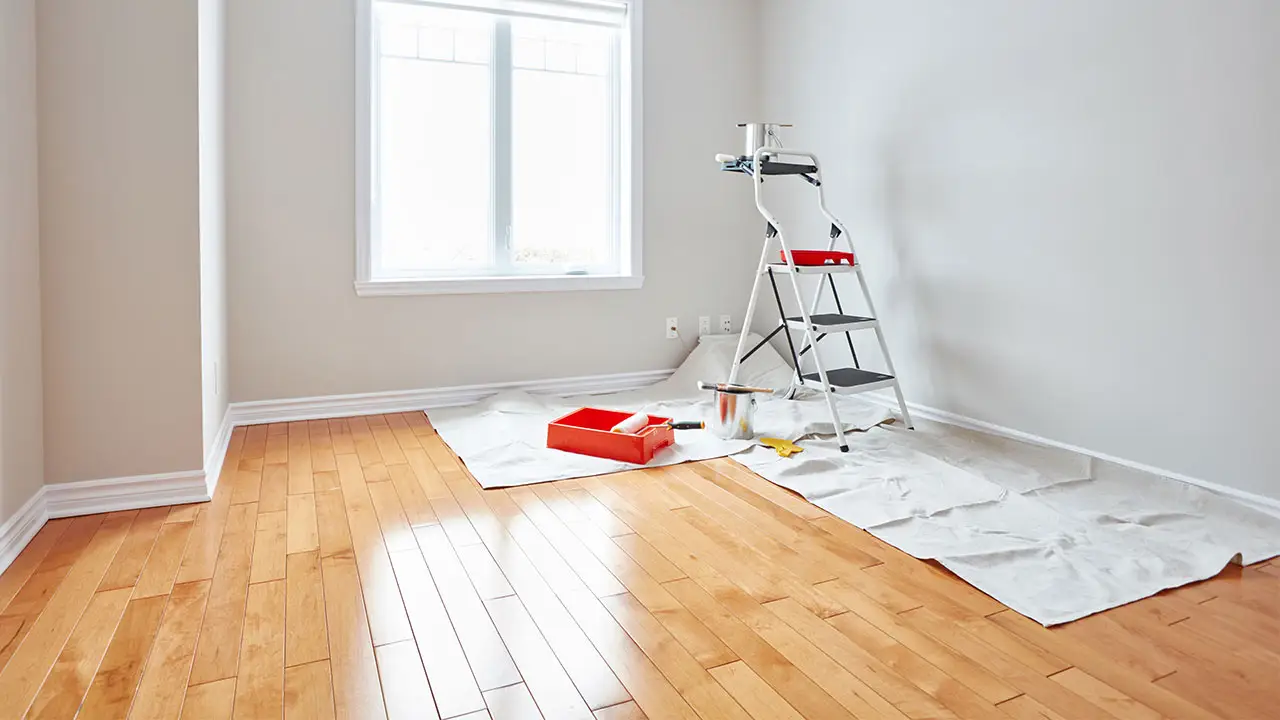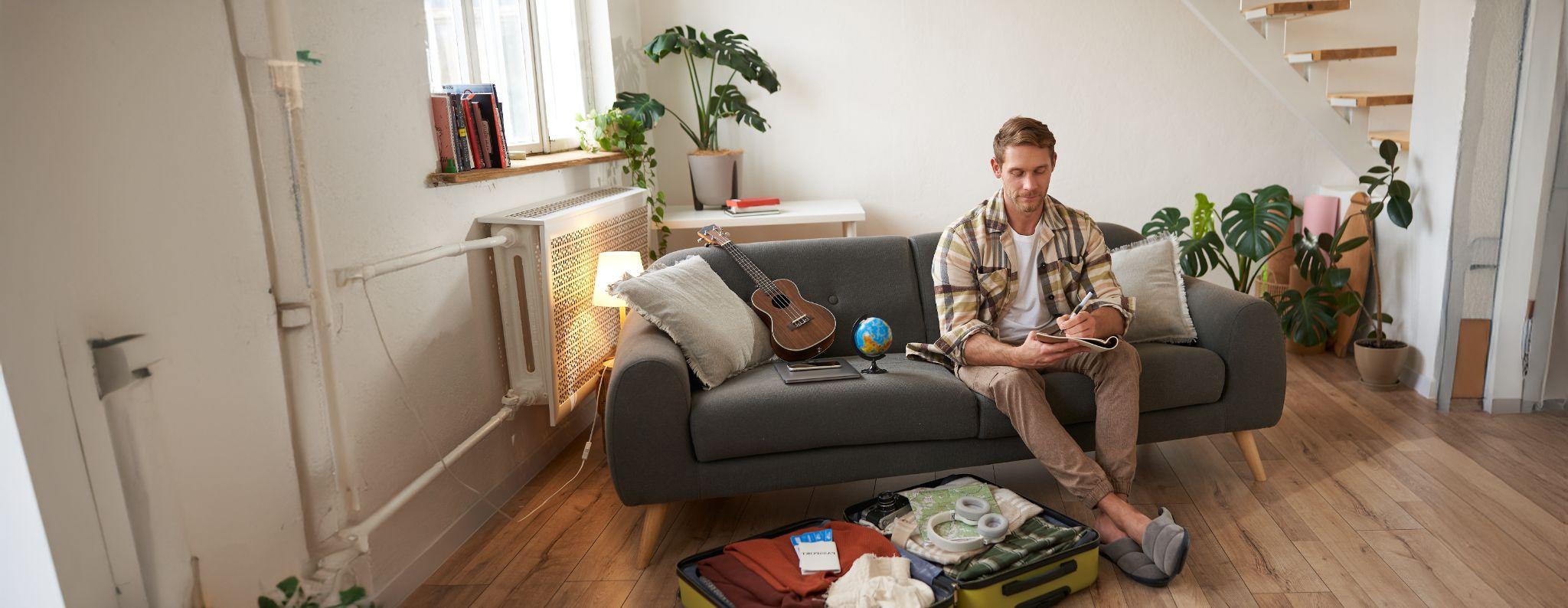How to Get the Musty Smell Out of Furniture?
That old, dank smell in your furniture can make your whole room unpleasant.
Nobody wants to sit on a couch that smells like it’s been stored in a wet basement for years.
The musty odor is annoying and often indicates mold or mildew, which can affect health.
But don’t worry. Getting rid of that smell is simpler than you might think.
In this guide, I’ll share proven methods to remove musty odors from your furniture.
You’ll learn:
- How to spot the root cause of the smell
- Simple cleaning methods that really work
- Ways to prevent the odor from coming back
Let’s freshen up your furniture and make your living space feel clean again.
Essential Supplies to Get Rid of Musty Odors
Before we start cleaning, let’s gather what you’ll need.
Most of these items are probably sitting in your kitchen cabinets right now.
Basic Cleaning Supplies
- White vinegar – it breaks down odor-causing bacteria
- Baking soda – this natural powder pulls out bad smells
- Clean white cloths – you’ll need several for different steps
- Spray bottle – to apply cleaning solutions
- Fresh air – yes, really! You’ll want to open those windows
Optional but Helpful Items
- Enzyme cleaner – works well for stubborn smells
- Essential oils (like tea tree or lavender) – add a fresh scent
- Dehumidifier – helps prevent future musty smells
- Fan – speeds up drying time
Remember: Always test any cleaning solution on a small, hidden spot first.
This quick check helps avoid damage to your furniture’s fabric or finish.
Step-by-Step Guide: How to Freshen Up Your Furniture

Let’s start with the simplest method and, if necessary, work our way up to deeper cleaning.
Follow these steps for the best results.
Step 1: Initial Clean-Up
If possible, take your furniture outside.
If not, open all windows. Remove cushions, pillows, and any removable parts.
Vacuum every surface, including cracks and seams.
Step 2: Baking Soda Treatment
- Sprinkle baking soda all over the furniture
- Gently brush it into the fabric with a soft brush
- Let it sit for 24 hours
- Vacuum thoroughly
Step 3: Vinegar Solution
In a spray bottle, mix equal parts water and white vinegar.
Lightly mist the furniture—don’t soak it—and let it dry completely.
Once dry, the vinegar smell will disappear.
For Different Materials
Upholstered Furniture:
- Test cleaners on a hidden spot first
- Use a clean white cloth to blot; never rub
- Allow extra drying time between steps
Wooden Furniture:
- Wipe with vinegar solution using a barely damp cloth
- Dry immediately with a clean cloth
- Apply wood polish once the smell is gone
Step 4: Drying Process
Set up fans to move air around your furniture.
If the weather permits, keep windows open.
This step is crucial, as dampness leads to more musty smells.
Pro Tips:
- Place bowls of coffee grounds nearby to absorb odors
- Use sunshine when possible – UV rays help kill odor-causing bacteria
- Check for water leaks or high humidity that might cause future problems
Remember: Patience is key. Sometimes, you must repeat these steps, especially for old or deeply affected pieces.
Understanding the Causes of Musty Smell in Furniture
The Main Culprit: Moisture
When furniture gets wet or sits in damp areas, tiny mold spores begin to grow.
Think of spores like seeds – they’re everywhere in the air, just waiting for the right conditions to grow.
All they need is moisture and darkness.
Common Sources of Moisture
- Spills not cleaned up right away
- Basements and damp rooms
- Steam from showers or cooking
- Wet windows that drip
- Flooding or leaks
Why Some Rooms Are Worse
Furniture in certain spots tends to get musty faster.
Rooms with poor airflow trap moisture.
Basements, spare rooms, and closed-up storage spaces often have this issue.
Hidden Problems to Check
- Leaky pipes behind walls
- Blocked air vents
- Broken seals around windows
- High indoor humidity levels
- Dark corners with no air movement
Prevention Tips to Keep Furniture Smelling Fresh
The best way to deal with musty smells is to stop them before they start.
Here’s what I’ve learned works best to keep furniture fresh year-round.
Control Your Indoor Climate
Keep your home’s humidity between 30% and 50%.
I recommend buying a simple humidity meter—they’re inexpensive and help you spot problems early.
If you see high readings, run a dehumidifier in that room.
Regular Cleaning Routine
- Vacuum furniture weekly, including under cushions
- Wipe wooden surfaces with a dry cloth monthly
- Clean spills right away – even small ones
- Remove dust regularly – it holds moisture
Smart Furniture Placement
Keep furniture away from:
- Outside walls (they get cold and wet)
- Air conditioning vents (causes condensation)
- Windows that leak air
- Damp basement walls
Give Your Furniture Space
Pull furniture a few inches away from the walls.
This lets air move around all sides.
Never stack cushions when wet or damp – they need space to dry.
Quick Daily Habits
- Open windows for 15 minutes each day
- Use ceiling fans to move air around
- Pull back curtains to let in sunlight
- Check for dampness when cleaning
These simple steps take just minutes but save hours of deep cleaning later.
Your furniture will stay fresh, and your room will feel clean.
How to Maintain a Must-Free Environment for Your Furniture
Simple daily habits can keep your furniture fresh for years.
Let me share the most effective ways to maintain your pieces without spending much time or money.
Weekly Care Routine
- Run your vacuum over furniture surfaces
- Check for any new spots or stains
- Look under cushions for crumbs or dampness
- Feel for any damp areas, especially near windows
Monthly Maintenance
Set aside one day each month for deeper care. I find this schedule works well:
- Rotate cushions front to back
- Move furniture slightly to clean underneath
- Check all pieces for signs of moisture
- Change out any odor absorbers you’re using
Natural Fresheners That Work
Place these items near your furniture to absorb odors:
- Small bowls of white vinegar
- Fresh cedar blocks
- Cotton balls with vanilla extract
- Small mesh bags of charcoal
Smart Storage Habits
- Store throw blankets in open baskets
- Keep decorative pillows off the floor
- Use furniture covers only when they’re needed
- Leave space between furniture pieces
Quick Tip: Mark your calendar for furniture care days.
Even five minutes of attention can prevent hours of cleaning later.
Seasonal Care
- Spring: Deep clean and air out
- Summer: Check for sun damage
- Fall: Prepare for closed windows
- Winter: Watch for heating system dryness
Remember: Good furniture care is like brushing your teeth – small daily efforts prevent big problems later.
When to Seek Professional Help for Musty Furniture
Signs You Need Professional Help
- The musty smell returns within days of cleaning
- You see visible mold spots or discoloration
- Your allergies get worse near the furniture
- The odor has lasted more than a month despite home treatments
- The furniture feels damp even in dry weather
Safety First
If you spot black or dark green patches on your furniture, don’t try to clean them yourself.
These could be harmful mold types that need special handling.
What Professionals Can Do
Professional cleaners have tools and methods that work better than home solutions:
- Special cleaning machines that reach deep into fabrics
- Industrial-strength treatments that kill mold spores
- Heat treatments that remove trapped moisture
- Safe chemicals that won’t harm your furniture
Cost vs. Value
Professional cleaning might cost $100-300 per piece.
While this may seem high, it’s much less than replacing your furniture.
Plus, experts can often save pieces you thought were beyond help.
Important Warning Signs: Call a professional immediately if:
- You smell a strong, earthy odor
- Family members have unexplained headaches
- The furniture feels wet to the touch
- Do you see any signs of pest damage
Conclusion
Getting rid of musty smells from your furniture doesn’t have to be difficult.
Start with basic cleaning methods like baking soda and vinegar.
If those don’t work, move on to deeper cleaning techniques.
Remember to fix any moisture issues to keep the smell from coming back.
The key is to act quickly when you notice that first hint of mustiness.
Regular cleaning and good ventilation will keep your furniture fresh for years.
I’ve shared these methods because they work—I’ve tested them myself.
Give them a try, and you’ll see the difference.
Your furniture will smell better and last longer, making your home more welcoming.
Want even better results?
Include furniture care in your weekly cleaning routine.
A few minutes of prevention will beat hours of deep cleaning later.
Frequently Asked Questions
How Can I Remove Pet Odors From My Furniture Along With Musty Smells?
Mix equal parts vinegar and water with a teaspoon of vanilla extract.
Lightly spray, then sprinkle with baking soda.
Let it sit overnight before vacuuming.
What’s The Best Way To Clean Leather Furniture That Smells Musty?
Wipe with a solution of equal parts water and white vinegar.
Dry thoroughly, then condition the leather with a specialized leather conditioner to prevent cracking.
Can I Use Essential Oils To Keep My Furniture Smelling Fresh?
Add 10-15 drops of lavender, tea tree, or lemon oil to a cup of baking soda.
Sprinkle on furniture, wait an hour, then vacuum.







